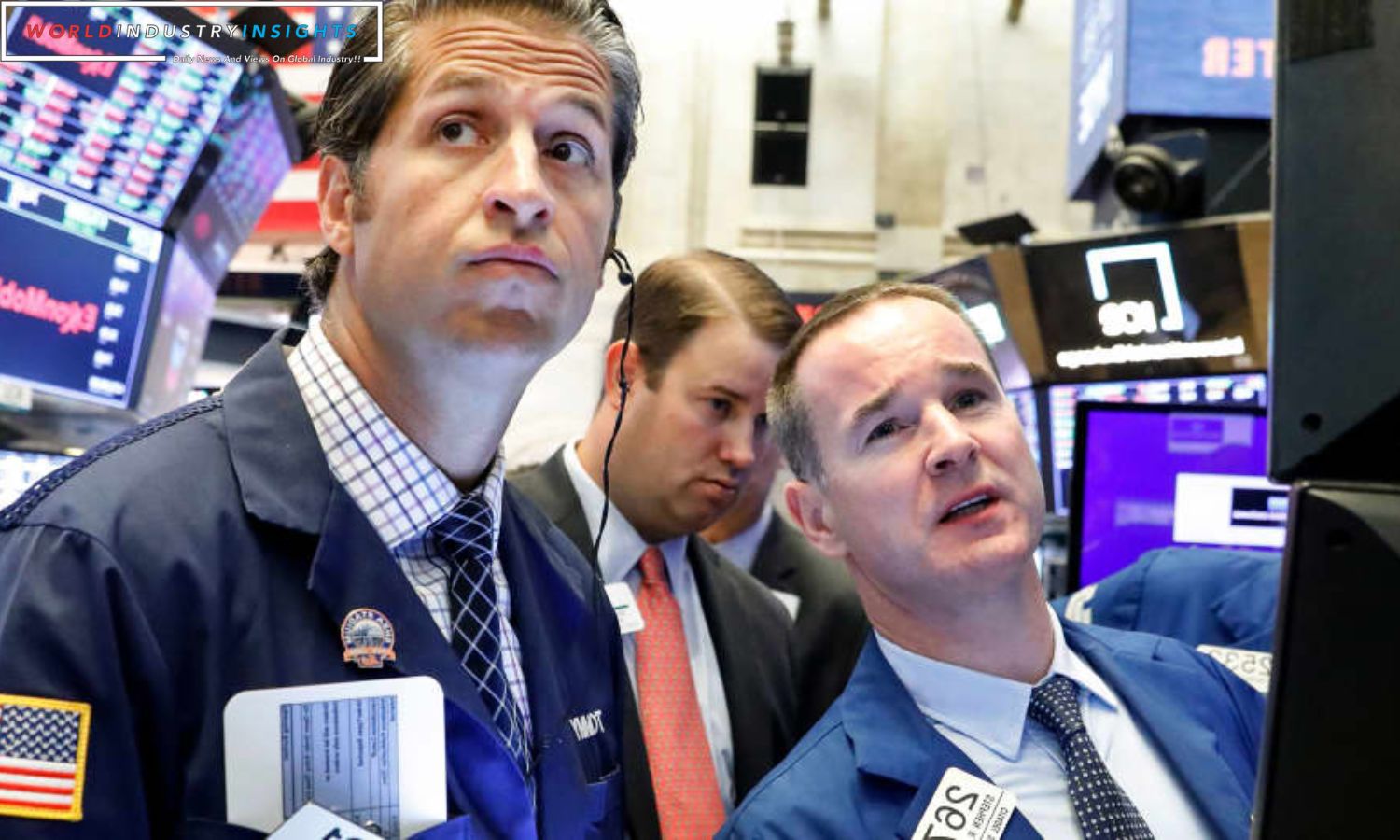Treasury Yields Soar: The 10-year Treasury yield surged on Thursday, reaching levels not seen in 16 years, as investors closely analyzed Federal Reserve Chairman Jerome Powell’s statements.
The yield on the 10-year Treasury climbed above 5% for the first time since July 20, 2007 when it reached as high as 5.029%. This benchmark rate has seen a four-day upward trend, translating to gains of approximately 40 basis points for October.
Conversely, the 2-year Treasury yield retreated by 6 basis points to 5.16%, after hovering at levels last witnessed in 2006 earlier in the session. It’s worth noting that yields and bond prices share an inverted relationship, with a one basis point shift equating to 0.01%. These developments in the bond market unfolded as Powell indicated that monetary policy had not yet become overly restrictive.
“Does it feel like policy is too tight right now? I would have to say no,” Powell conveyed during a session at the Economic Club of New York.
While Powell acknowledged recent indications of a cooling inflationary trend, he emphasized that the initial ease in price growth was insufficient to establish a conclusive trend.
“Inflation is still too high, and a few months of good data are only the beginning of what it will take to build confidence that inflation is moving down sustainably toward our goal,” Powell stated in prepared remarks. “We cannot yet know how long these lower readings will persist, or where inflation will settle over coming quarters.”
Also Read: US Treasury Bond Yields Surge: Impact on Equities and Cryptocurrencies
Furthermore, Powell hinted that adjustments in the labor market and economic growth may be necessary to attain the Federal Reserve‘s objectives.
“Still, the record suggests that a sustainable return to our 2 percent inflation goal is likely to require a period of below-trend growth and some further softening in labor market conditions,” Powell elaborated.
Bond yields have experienced a recent surge, and analysts attributed this movement to several factors: concerns that the Fed will maintain high benchmark rates to combat inflation; consistent outperformance of the economy and labor market; increasing government deficits necessitating greater supply in the market as the Fed has reduced its role as a buyer; and the rising term premium, which reflects the extra yield demanded by investors who are wary of potential rate fluctuations over the bond’s term.
A calculation by the New York Fed indicates that the term premium has reached its highest level since May 2021.
In terms of economic data, initial unemployment benefit claims declined last week, signaling the ongoing tightness of the U.S. labor market. Weekly jobless claims totaled 198,000 for the period ending October 14, falling below the Dow Jones estimate of 210,000.
Our Reader’s Queries
What does it mean when Treasury yields soar?
The surging U.S. Treasury yields are making bonds more attractive than stocks, intensifying the ongoing equity sell-off and potentially impacting equity performance in the future.
What is the Treasury yield all time high?
On Monday, January 8th, the US 10 Year Note Bond Yield was recorded at 4.01 percent, as per interbank yield quotes for this government bond maturity. It’s worth noting that the US 10 Year Treasury Bond Note Yield had reached an all-time high of 15.82 back in September of 1981.
Are Treasury yields worth it?
Investing in Treasury bonds can be a wise decision, but it ultimately depends on your investment objectives, risk tolerance, and portfolio composition. As with any investment, the potential return is often correlated with the level of risk involved. Therefore, it’s important to carefully consider your individual circumstances before making a decision.
What is the Treasury bill yield forecast?
According to a recent poll, the increasing demand for rate cuts will have a significant impact on the U.S. 2-year Treasury note yield. The yield, which currently stands at approximately 4.69%, is expected to drop by around 40 basis points to 4.30% within the next six months. Furthermore, it is predicted to decrease by an additional 50 basis points to 3.80% by the end of November 2024. This trend is likely to continue as the calls for rate cuts persist.


